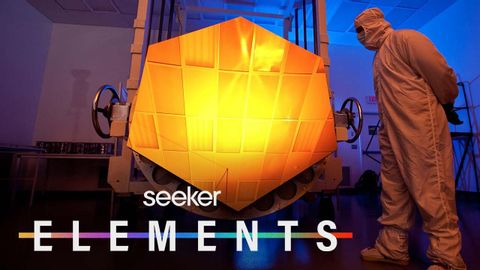ジェームズ・ウェッブの赤外線ビジョンが画期的な理由 (Why James Webb’s Infrared Vision is a Gamechanger)
Summer が 2021 年 10 月 13 日 に投稿  この条件に一致する単語はありません
この条件に一致する単語はありませんUS /ˈkɑnstənt/
・
UK /'kɒnstənt/
US /ˈfɪzɪkəl/
・
UK /ˈfɪzɪkl/
- n. (c.)身体検査 : 健康診断
- adj.身体の : 肉体の;物質的な;物理的な
- n.体育
US /ˈspɛktrəm/
・
UK /'spektrəm/
- n.(電磁波の)スペクトル;範囲(知覚、感覚など)、レベル
エネルギーを使用
すべての単語を解除
発音・解説・フィルター機能を解除
